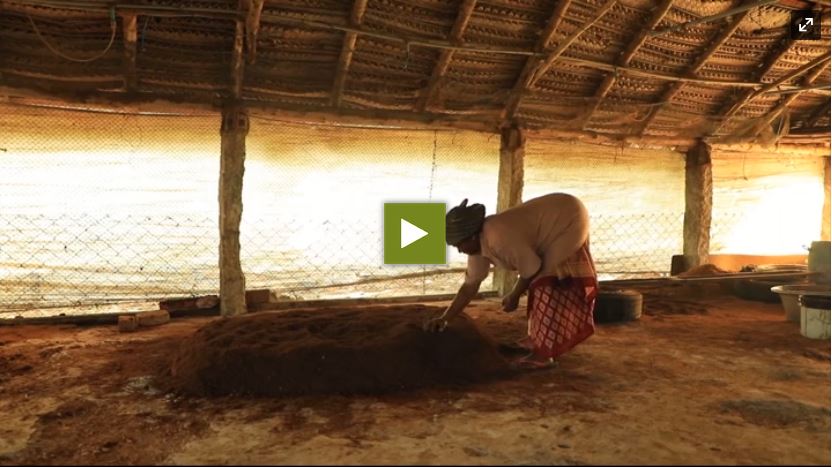Waste composting
Coir being the fibre in the coconut, coir dust contain linin which is a woody material which gives plants strength, however linin takes long time to rot hence not good for farming. Coir waste is used in sandy soils and well decomposed pith absorbs water 5 times its weight which allows soils to hold much water.
For coir pith fertilizers, coconut husks are immersed in water for several weeks, taken out and finely beaten to separate coir pith from fibre. Collect done coir pith waste and sieve it properly until there are no more fires in it and under a shade, build up compost in 5 layers with the first layer of 20kg being spread.
Similarly, prepare organic decomposer rich in good microbes to break linin into simple sugars to make nutrient for nutrients and sprinkle 10L of organic decomposer on each layer and add 4kg of poultry waste and spread slurry over coir pith. Add a new layer and repeat the process up to 5 layers
Continue by sprinkling water onto heap daily to keep it moist and once in 10 days, open up compost to remove stuck air and allow entry of fresh air.
After a month, coir is fully decomposed and finally in the last field preparation, apply 100kg of it to 200sqm of soil for crop growing.



















